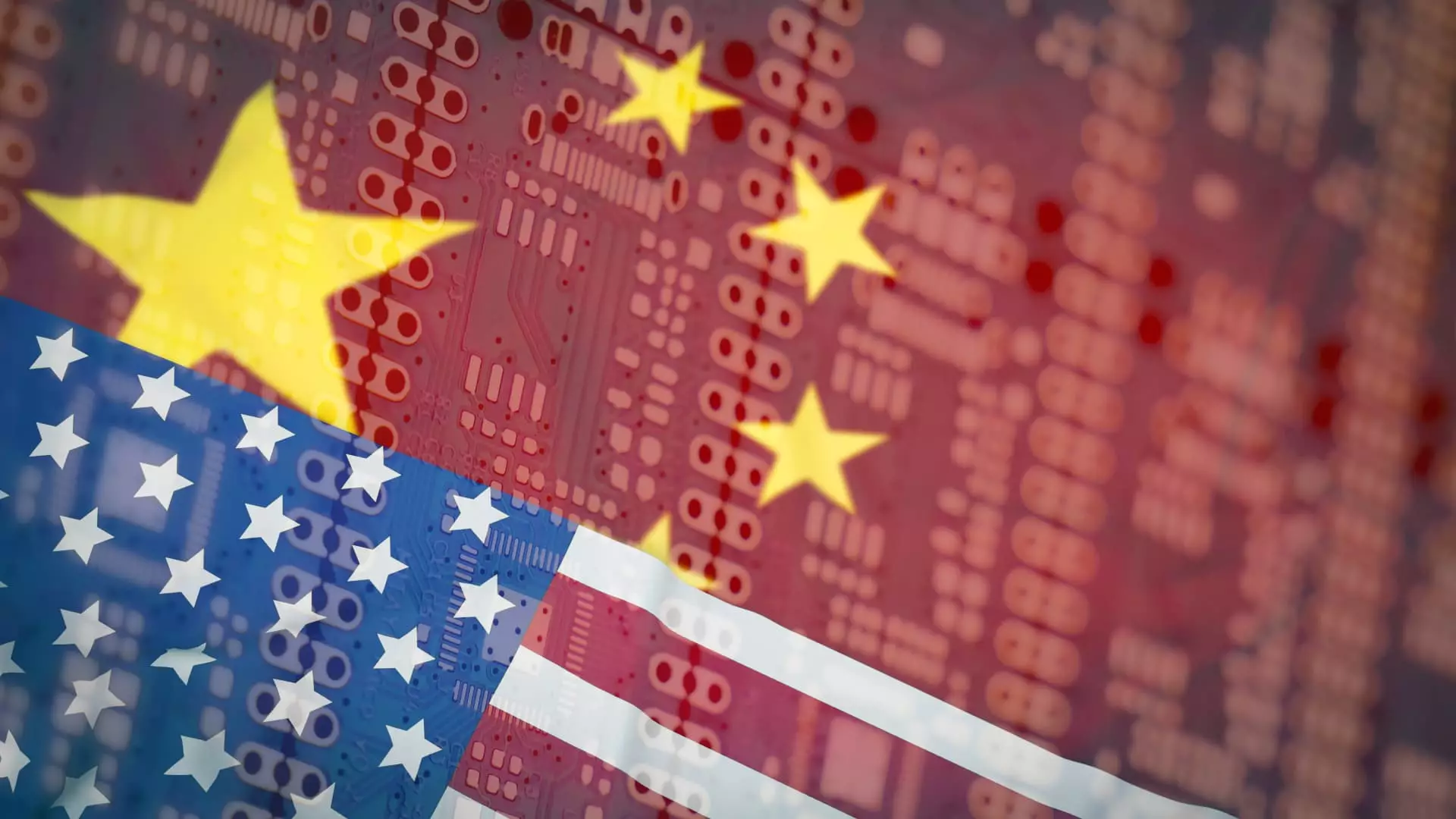The Biden administration has recently announced the initiation of an investigation into legacy Chinese semiconductors, which are critical components that find applications in various sectors, including automotive, consumer electronics, and defense. This move reflects a growing concern within the U.S. government regarding China’s non-market practices and its targeted industrial policies. The White House has identified these practices as significant threats to competition, suggesting that they foster dependencies on Chinese technology that could jeopardize national security and economic stability.
This particular investigation will be conducted under the auspices of the Trade Act of 1974, specifically focusing on China’s strategies concerning silicon carbide substrates and other wafers essential for semiconductor fabrication. Importantly, the U.S. aims to assess the degree of dependency on these legacy semiconductors in vital areas such as telecommunications infrastructure and the electrical grid. This scrutiny comes on the heels of broader efforts to curb China’s dominance in advanced semiconductor technology, which has significant implications not just for economic competition but also for technological sovereignty.
While China has made strides in semiconductors, it predominantly remains several generations behind industry frontrunners like Taiwan Semiconductor Manufacturing Company (TSMC). However, what is alarming is that Chinese firms have still managed to scale their production capabilities for legacy chips. The potential repercussions of this investigation extend beyond mere trade policy; they could provoke additional tariffs on these products, thereby escalating economic confrontations between two global giants and compounding the existing trade tensions.
The consequences of imposing tariffs on legacy chips could ripple through multiple industries reliant on these components, potentially leading to increased costs for manufacturers and consumers alike. As legacy chips play foundational roles in many technologies, this action could hinder innovative capabilities across various sectors that rely on a stable supply of these components.
Interestingly, this investigation is poised to be handed off to the incoming Trump administration, suggesting a continuity of hardline stances against China, regardless of party lines. While President Biden’s administration has taken decisive actions regarding China’s tech sector, the handover indicates that this scrutiny could persist under new leadership, continuing the trend of a competitive U.S.-China relationship in the semiconductor domain.
The Biden administration’s probe into legacy Chinese semiconductors is emblematic of escalating tensions between the U.S. and China in a high-stakes global technology race. With an increasing focus on safeguarding American interests and addressing supply chain vulnerabilities, this investigation may become a cornerstone of future U.S. strategies in technology and trade, emphasizing the importance of self-sufficiency and competition in an era defined by rapid technological advancement.

